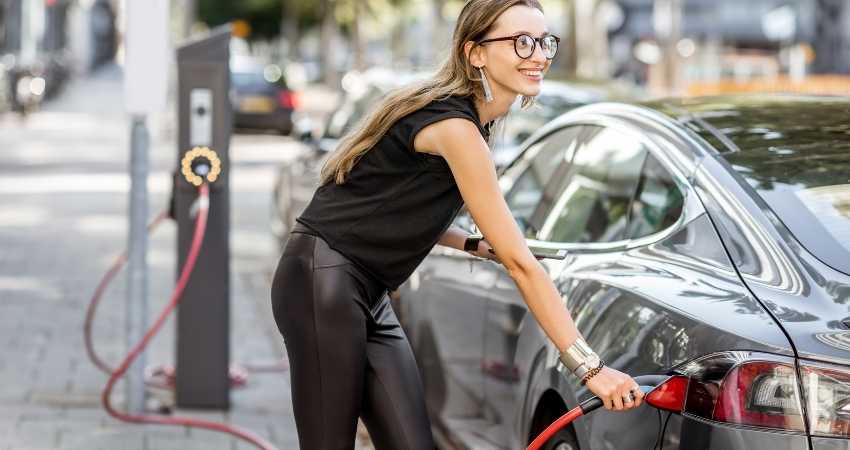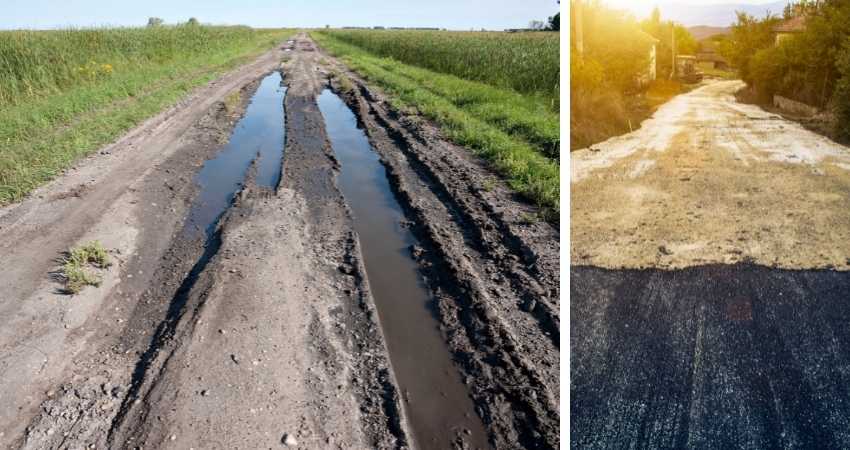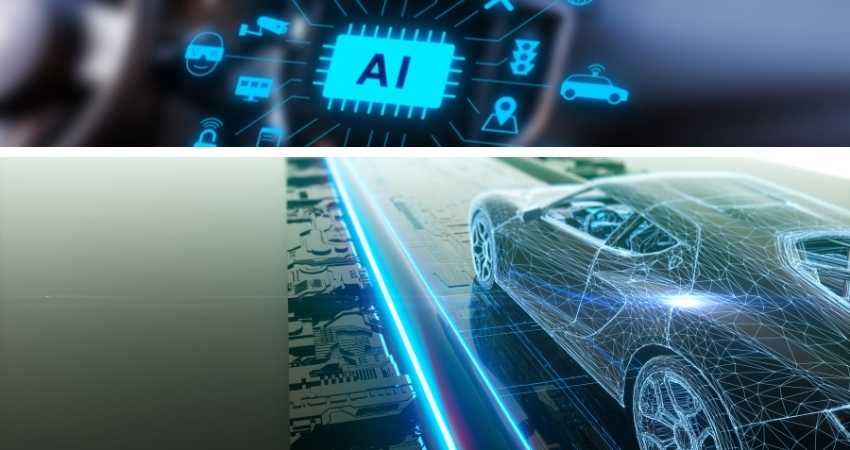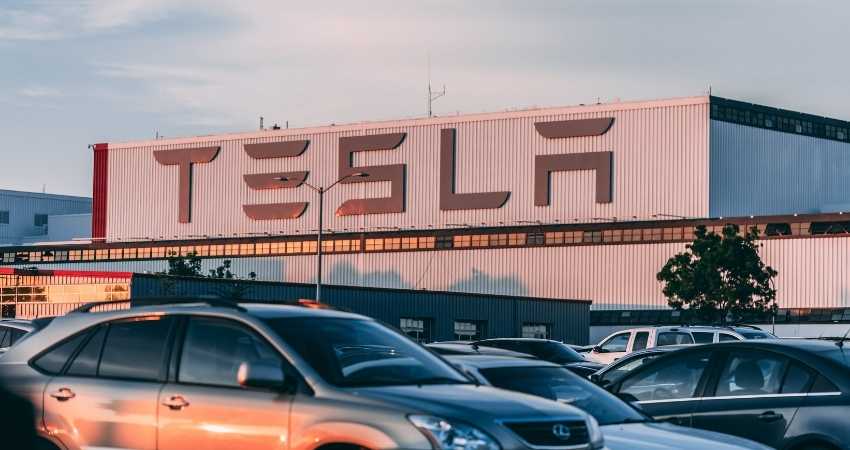Rural area infrastructure and amenities are not so perfect if compared to those of urban ones. The cars there hence need to be strong and well-founded to meet the local criteria. When it comes to electric vehicles, certain doubts exist about their performance in such an environment. But Tesla has some pros and cons that might or might not make them good in rural areas.
If the rural area has electricity, adequate charging facilities, and not-too-bad roads, Tesla does well because of its great ranges, charging infrastructures, and satisfactory height above the ground. However, Tesla’s not good in rural areas if such provisions are unavailable.
Qualities of a Good Car in Rural Areas
- Good Range: Rural areas generally do not have enough charging or refueling stations. Moreover, commuting distances are also rather huge. In such an environment, cars with good efficiency do the best besides saving money.
- Ability to Handle Tough Terrain: Rural roads are relatively rougher, and depending on the location, some places might not have paved roads at all. Under such circumstances, somewhat tough cars—those with good ground clearance and greater torque, for instance—are far more reliable.
- All-Wheel Drive: Cars with an all-wheel drive feature significantly add control and traction, making these vehicles more reliable for rural use.
Why Are Tesla’s Good in Rural Areas?
1. Tesla Can Handle Bad Roads
If a road is not in a proper condition, Tesla’s can still move on it without any problem by dint of their engineering and design. The following features assist them on dilapidated paths:
- Torque: A good torque ensures more control on unsteady and uneven drive terrains. Tesla’s great at it. The Model 3 can provide up to 389 lb-ft, and the Model Y has an enormous 471 lb-ft torque.
- Ground Clearance: Tesla cars are adequately high above the ground to tackle an uneven, bumpy road. However, these cars might have a hard time treading if there are any obstacles on it, such as a dune due to a sandstorm or a lot of snow.
- Traction: If the road is not only in a bad condition but has a lot of slopes also, the added traction features in Tesla’s make sure that the car does not lose road grip even if the surface is wet.
- All-Wheel Drive: Tesla cars come with the capacity to power all four wheels simultaneously. Besides adding traction, it prevents slippages, and offers better accelerations, no matter how bad a road is.
2. Tesla Charging Is Not a Problem
Fortunately, charging a Tesla car is not an issue in rural areas, thanks to the widespread electricity availability and an increasing number of Superchargers.

The US, in particular facilitates 100 percent of its population with electricity which means rural residents can easily connect their Tesla cars to an electric grid with level 1 or 2 chargers to replenish the range. In addition, the fast-growing Superchargers network is now making inroads into rural areas rapidly, to say nothing of the recently approved plan of adding Superchargers to California rural areas. These amenities are pretty much there in other countries too—Australia, for instance.
3. Tesla’s Have Adequate Range
Gone are the days of short-ranged electric cars—Tesla is taking the lead by introducing tremendous ranges, which make passing through the long swathes of rural zones a no big deal.

Currently, Tesla Model S tops the EV market by offering a 405 miles range. An average ICE car can go up to 300 miles with a tank full of gas. Couple this benefit with the support of Supercharger networks and charge-at-home facilities to add the lost miles easily. Tesla cars are no less than any other vehicle for traveling through a rural area.
Read: Can You Drive a Tesla on the Beach? Probably Yes—Know Why
4. Tesla Cars Are Economical for Rural Commutes
Charging a Tesla does not cost much money compared to refueling ICE cars. This provided an added advantage for the ruling settlers since their daily commutes were far larger than the urban ones.
Fully charging a Tesla car costs around 14 bucks, on average. Conversely, pumping gas into an ICE car to its full capacity might cost as much as USD 60. Since the range difference between the two is almost non-existent nowadays, Tesla’s are not-at-all heavy on a pocket for rural driving.
| Fact!
Rural workers in the US travel about 38 percent more distance than urban ones. |
Why Are Tesla’s Bad in Rural Areas?
1. Problems Arise if Roads ‘Vanish’
Teslas do fine with bad roads, but their movability depends much upon the condition of the path if the road is non-existent. If a rural area has an underdeveloped road infrastructure, the cars will have difficulties wading through the paths because of the lower-than-average ground clearance required for off-roading. Similarly, these vehicles are heavier than those of a similar size. This increases their odds of getting stuck on soft grounds such as muddy areas.

2. These Cars Are Not Fit for All Rural Areas
Keeping a Tesla in a rural area depends greatly on the available facilities. Take electricity into account. European rural areas do not have a well-developed electricity infrastructure. Moreover, ongoing political crises might deepen the issue of electricity shortages, and rural areas might be compensated to fulfill the energy needs of industries. The lack of such facilities can render any electric car unattractive in rural zones.
Read: Can You Drive a Tesla in the Snow? An Astounding Yes—Know Why

3. Tesla Self-Drive System Needs Enhancements
Tesla Autopilot is somewhat underdeveloped for driving on rural roads. A review by a Tesla user concludes that these cars need many developments to interact intelligently with the rural environment. The reviewer drove her Tesla on the roads of a small town in Arizona. The Autopilot had a tough time telling the road edges apart, did not notice small bumps in the road well, and managed better only on the roads with clear markings. Similarly, in another review, the car avoided steep turns.

Which Tesla Cars Are Good in Rural Areas?
|
Model |
Ground Clearance (inches) | Standard All-Wheel Drive? |
Range (miles) |
|
3 |
5.5 | Yes |
310 |
|
S |
4.6 | Optional |
405 |
|
Y |
6.6 | Yes |
330 |
|
X |
5.4-8.1 | Yes |
348 |
From the comparison above, Model X seems to be the best choice. It has an air suspension system that can heighten the car up to 8.1 inches, a great feature for tough roads and off-roading. Similarly, the car can travel up to 348 miles on a single charge—making it much more valuable for rural commutes.
Which Other Electric Cars Are Good in Rural Areas?
- Hyundai Ioniq 5: The car has a 280 miles range and a 6.1 inches road clearance. With an advanced all-wheel drive system, the car feels much ‘planted’ in the road and seems perfect on bad roads regardless of the weather condition.
- Kia EV6: The car offers a good range of up to 330 miles. Furthermore, it is quite favorable on rural roads as it provides up to 10 inches of ground clearance. The car also comes with an all-wheel drive feature.
- Jaguar-I Pace: The car has 6.5 inches of ground clearance and can be driven for up to 280 miles on a single charge.
So, Are Tesla’s Good in Rural Ares? The Final Verdict
Yes and no—it depends much on the location of the rural area. If it does not have enough facilities required for electric cars, then no, Tesla’s are not so good; but if it has those, then yes, Tesla’s are good.

No one could have considered driving an electric car outside of cities a few years ago, but Tesla made it happen. They are now capable of being driven in far-flung and tough areas. Not to mention, China has a whole Tesla village now, powering its rural economy. We can safely estimate that Tesla cars will be enhanced soon enough to be good and great in rural localities.

